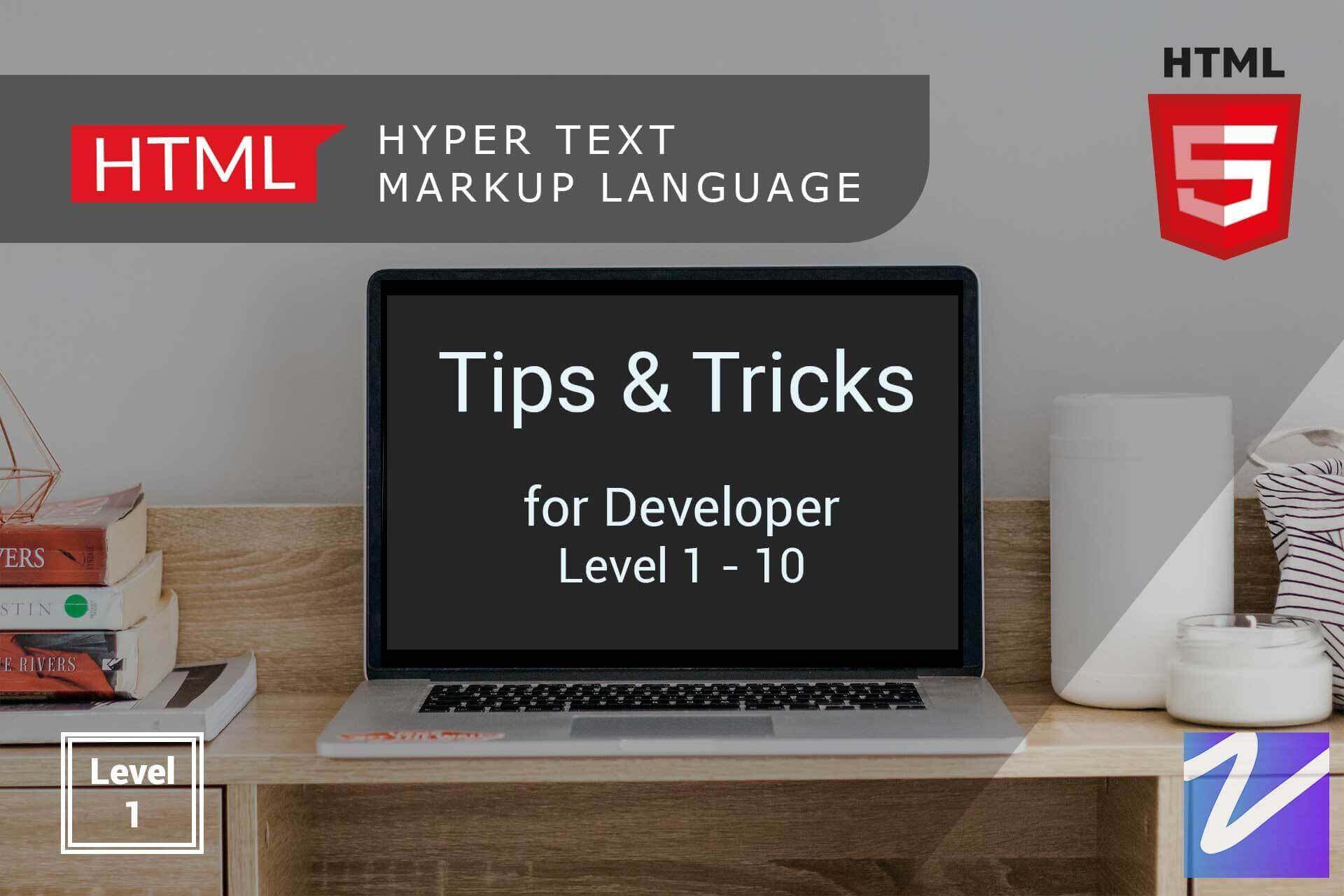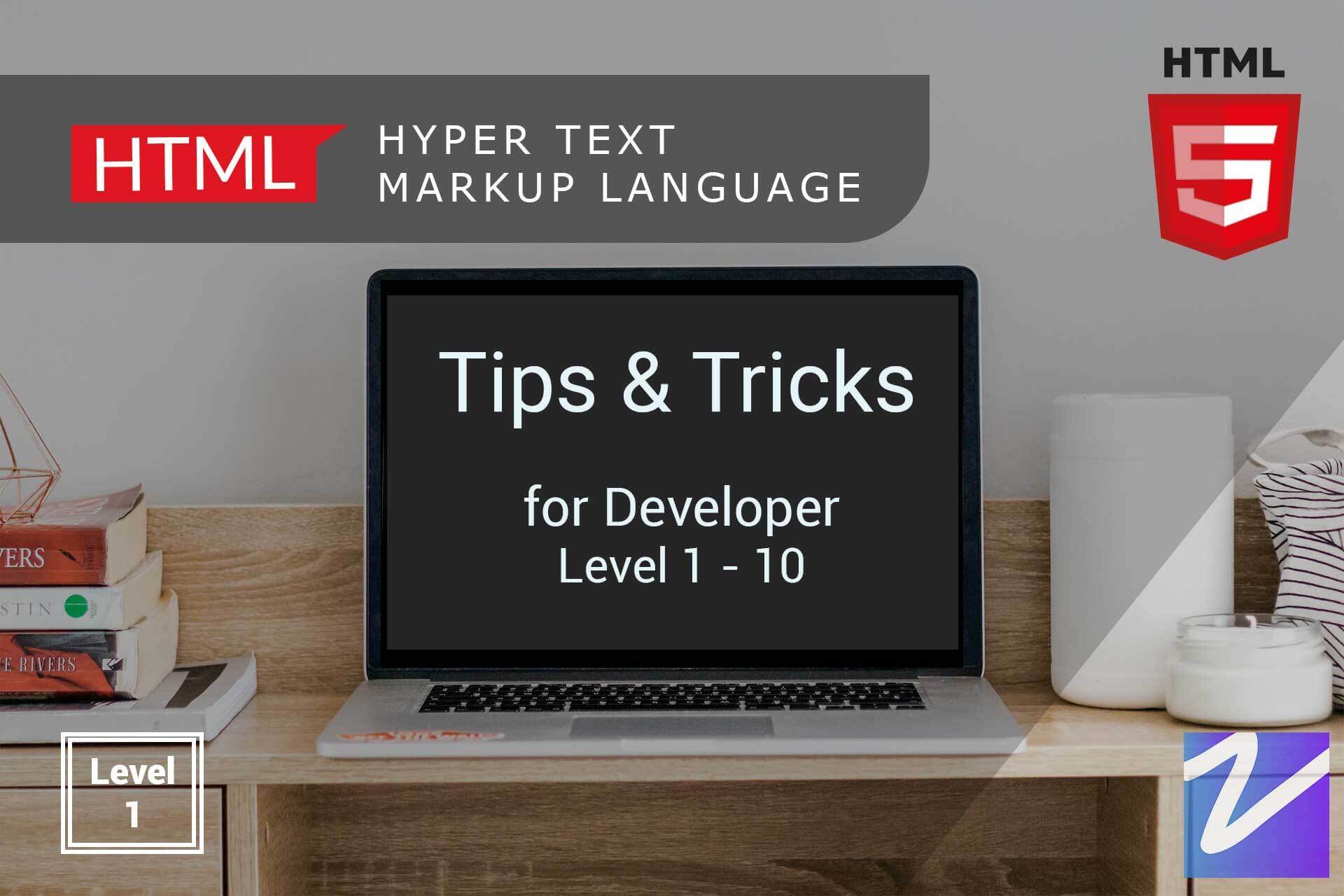The HTML child category is a resource for those interested in learning about HyperText Markup Language (HTML), the standard markup language for creating web pages. This category includes posts about HTML syntax, elements, and attributes, as well as tips and tricks for creating web pages using HTML. Whether you’re just starting to learn HTML or you’re an experienced web developer, this category has something for everyone.
5 tips for improving your debugging skills for developer
Content Backup2023-01-12T11:32:24+00:00Use a debugger to step through code and inspect variables. Understand the error messages you receive and use them to identify the problem. Isolate the problem by commenting out or temporarily removing parts of the code. Write clean, well-structured code to make debugging easier. Use logging statements to help trace the flow of your program and identify problem areas.



